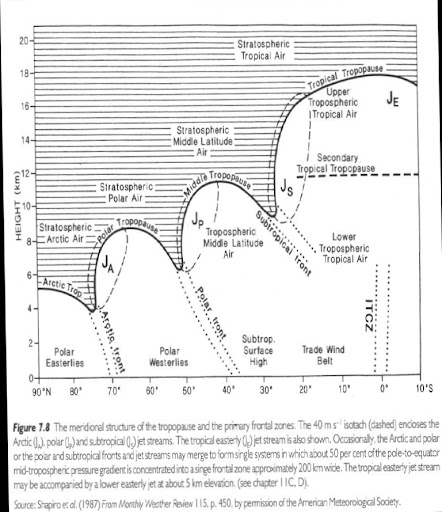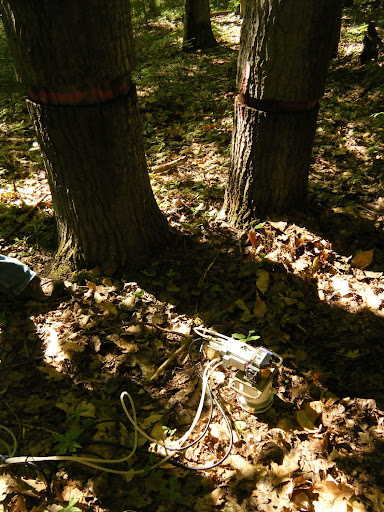In Don Norman's book, Emotional Design: Why We Love or Hate Everyday Objects, he lists some of the factors that Decision Science implicates as innately predisposing humans to either positive or negative affect:
"What are people genetically programmed for? Those situations and
objects that, throughout evolutionary history, offer food, warmth, or protection
give rise to positive affect. These conditions include:
warm, comfortably lit places,
temperate climate,
sweet tastes and smells,
bright, highly saturated hues,
“soothing” sounds and simple melodies and rhythms,
harmonious music and sounds,
caresses,
smiling faces,
rhythmic beats,
“attractive” people,
symmetrical objects,
rounded, smooth objects
“sensuous” feelings, sounds, and shapes.
Similarly, here are some of the conditions that appear to produce automatic
negative affect:
heights,
sudden, unexpected loud sounds or bright lights,
“looming” objects (objects that appear to be about to hit the observer),
extreme hot or cold,
darkness,
extremely bright lights or loud sounds,
empty, flat terrain (deserts),
crowded dense terrain (jungles or forests),
crowds of people,
rotting smells, decaying foods
bitter tastes,
sharp objects,
harsh, abrupt sounds,
grating and discordant sounds,
misshapen human bodies,
snakes and spiders,
human feces (and its smell),
other people’s body fluids,
vomit. "














